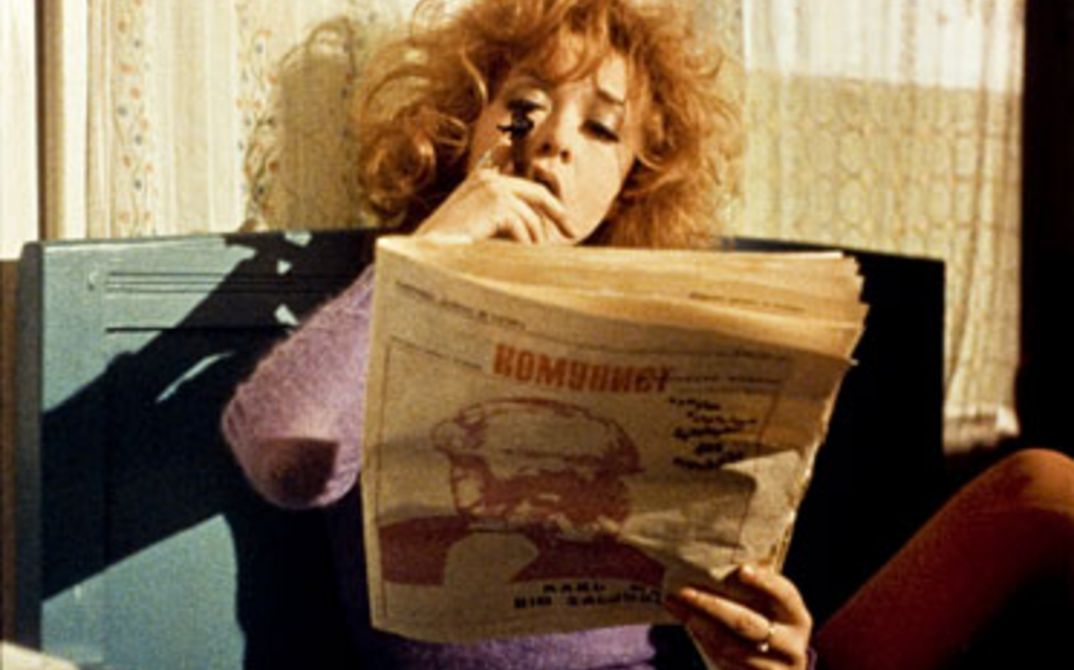The discrepancy between daily life and the ideal socialist society led to disappointment about the stagnation in building socialism. However, the criticism of the system was meant in a constructive way. The attack on authority and official ideologies concurred with the demand for an egalitarian society and constant further development of revolutionary ideals. A far cry from partisan film – the partisan struggle against German occupation was one of the founding narratives of socialist Yugoslavia – whose heroes dominated the post-war cinema landscape, the films of the Black Wave were about society's flip side. Analytically acute and frequently featuring anarchic humor, they shed light on poverty, unemployment, homelessness,
violence, and knew no taboos. They were often characterized by a bleak, fatalistic perspective and did not fail to provoke an official reaction. The name "Black Wave" was coined in 1969 by a functionary who wrote a disparaging article in the newspaper Borba ("Struggle") about the films and their way of looking critically at Yugoslav society, in contrast to partisan films (which today are known as the "Red Wave"). Želimir Žilnik used the originally defamatory term ironically when he made his short CRNI FILM (Black Film). Although there was no official censorship, many films were shelved and directors were prevented from working.
The blossoming of Yugoslav film was made possible by the decentralization and democratization of film production in the early 1960s. Josip Broz Tito broke with Stalinism in 1948 and Yugoslavia followed a special path between plan and market economy, in which democracy, pluralism and an opening to the West were to be linked with the ideals of a just society. Thanks to this climate, by the 1960s there existed a huge societal and political dynamism that led to intellectual freedom and many avant-garde movements in literature and art. Most of the Black Wave directors began their careers as amateurs in film clubs that had been set up after the war in various cities of all the Yugoslav republics as part of an emancipatory cultural policy.
The directors of New Yugoslav Film also broke with conventional forms. They shattered genres and subjects, looking for new, individual forms of expression, and moved freely between fiction, documentary and experimental film. In aesthetic terms, the films are very heterogeneous. Whereas directors such as Aleksandar Petrović and Živojin Pavlović preferred more realistic, linear narratives, Želimir Žilnik's films feature a bold mixture of agitprop and documentary-like elements. In their films, Dušan Makavejev and Lazar Stojanović's combined archive footage with their own material in a collage-esque way to create subversive montage.
Today, Black Wave film is almost unknown. With the exception of a few renowned protagonists, such as Dušan Makavejev and Želimir Žilnik (who both continued to make films into and beyond the 1970s), most of the directors and their works have been forgotten outside of former Yugoslavia.
With our "Black Waves, Red Horizons" retrospective we want to shed light on this important period of Yugoslav cinema and are pleased to welcome two important representatives of New Yugoslav Film - Želimir Žilnik and Karpo Godina - to Arsenal. The films will be put into context by a series of introductions and lectures about the relationship between love, sex and politics, about workers’ organizations and about the representation of women in socialism.



